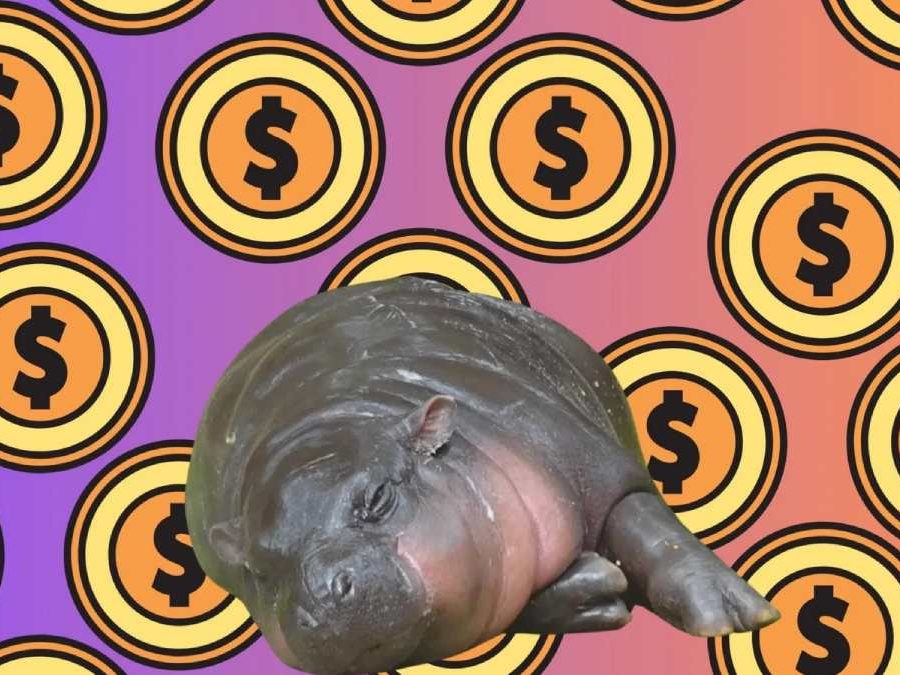Related articles

Can Moo Deng Hit $10? Moo Deng (MOODENG) Price Prediction 2024, 2025 20302024-12-03 10:39:58 A new meme coin called Moo Deng is based on the […]

Pepe Unchained ($PEPU) Meme Coin Review & Analysis: Pepe Unchained Presale Hits $66 Million With Just 10 Days Left Before Possible Tier 1 Listings2024-12-03 09:20:40Following Donald Trump’s epic victory in US election, […]

Best Crypto Stocks To Buy In Canada For December 20242024-12-02 17:22:04On May 23, the Securities and Exchange Commission final […]

Can Solana Price Reach $600 in This Bull Market? Solana Price Prediciton2024-12-02 17:07:14The majority of investors think that Solana‘s pri […]

Will SPA Hit $1? Sperax (SPA) Price Prediction 2024, 2025, 20302024-12-02 16:30:08You have come to the correct spot if you are seeking a […]
